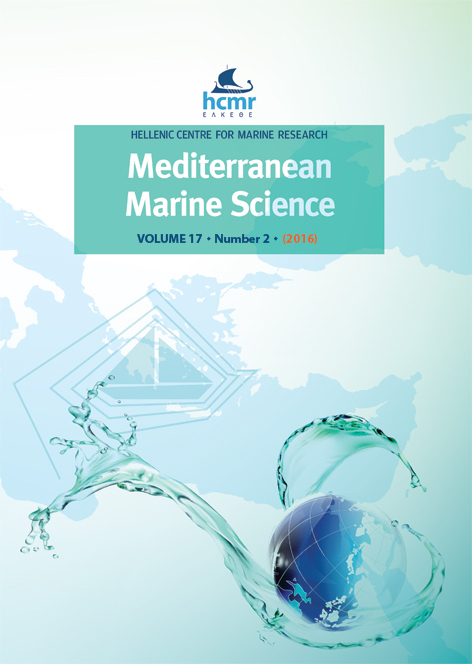Distribution patterns of shallow water polychaetes (Annelida) along the Alexandria coast, Egypt (eastern Mediterranean)

Abstract
Shallow hard bottom and intertidal soft bottom polychaete assemblages of the Alexandria coast, southeastern Mediterranean (Levantine Sea), were studied during a complete annual cycle in order to analyze spatial temporal patterns of variation in assemblages, and relevant factors related to polychaete distribution. The present study recorded a total of 73 species, belonging to Syllidae (22 species), Nereididae (9 species), Serpulidae (6 species), Eunicidae (5 species) and other 19 families. The assemblages experienced pronounced spatial and temporal variation throughout the study area, but spatial variation appeared more important in determining the observed patterns. Polychaete distribution related to variation of grain size and sessile macrobenthos cover suggesting that these structural variables accounted more than the physical-chemical ones (namely BOD, dissolved oxygen, organic carbon, organic matter, salinity, temperature, pH) in influencing the patterns of assemblages’ distribution. The present study is the southeastern-most one dealing with ecology and distribution patterns of hard bottom polychaetes from the Mediterranean Sea, as well as one of the few studies dealing with intertidal soft bottom polychaetes in the Levant Basin.
Article Details
- How to Cite
-
DORGHAM, M. M., HAMDY, R., EL RASHIDY, H. H., ATTA, M. M., & MUSCO, L. (2014). Distribution patterns of shallow water polychaetes (Annelida) along the Alexandria coast, Egypt (eastern Mediterranean). Mediterranean Marine Science, 15(3), 635–649. https://doi.org/10.12681/mms.680
- Issue
- Vol 15, No 3 (2014)
- Section
- Research Article
Authors who publish with this journal agree to the following terms:
- Authors retain copyright and grant the journal right of first publication with the work simultaneously licensed under a Creative Commons Attribution Non-Commercial License that allows others to share the work with an acknowledgement of the work's authorship and initial publication in this journal.
- Authors are able to enter into separate, additional contractual arrangements for the non-exclusive distribution of the journal's published version of the work (e.g. post it to an institutional repository or publish it in a book), with an acknowledgement of its initial publication in this journal.
- Authors are permitted and encouraged to post their work online (preferably in institutional repositories or on their website) prior to and during the submission process, as it can lead to productive exchanges, as well as earlier and greater citation of published work (See The Effect of Open Access).






